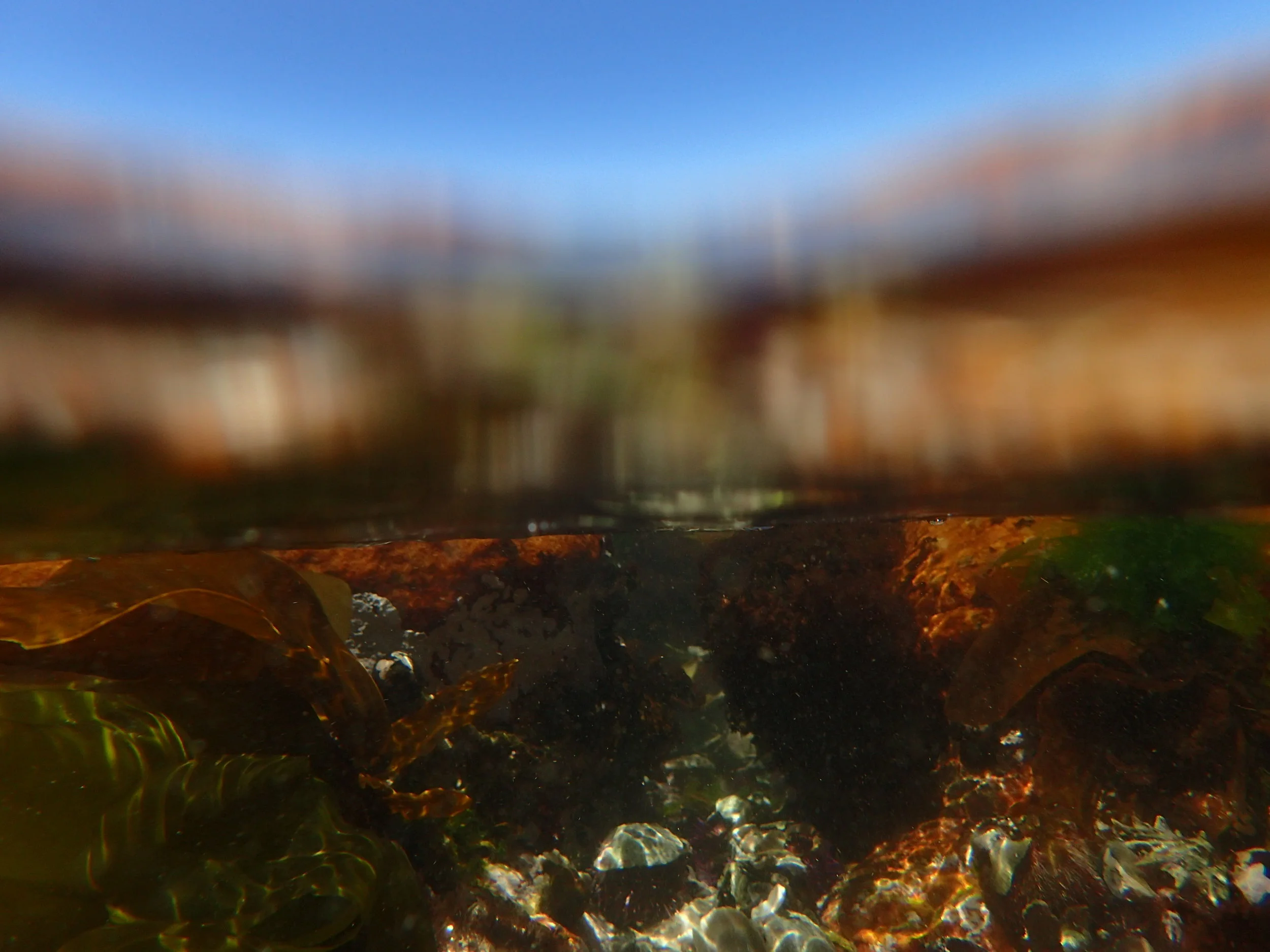The Bats of the Sea
Rita Steyn
Did you know its #BATWEEK 2018? You may be wondering what bats have to do with the ocean, but there are lots of sea creatures named after bats!
Bats have a very distinct shape – a shape that helps them to glide, fly, and flap through the air. Some even call the hand motion of bats “swimming”. That same flat, wing-like profile, can be seen in fish, rays, and even invertebrates! Let’s take a look at some of the BATS OF THE OCEAN…
The Batfish (family Ogcocephalidae)
Bat fish could be any of up to 60 species found worldwide that have the word “bat” in their common name. As implied, bat fish have broad, flat heads, but unlike the bat ray above, bat fish are actually very poor swimmers! Most bat fish walk on the bottom, with thickened fins that act like limbs. The pancake batfish even has a fleshy lure on the front of its snout that it uses to attract dinner (or breakfast).
The aptly named red-lipped batfish found in the Galapagos Islands. Photo: Rein Ketelaars (via Flickr)
The shortnose batfish is another close family member, but without a lure to attract prey. Both the pancake batfish, and the shortnose batfish are flattened dorso-ventrally, meaning squished from top to bottom, spreading out the sides. Imagine taking a ball of dough and squeezing it as you put one hand on top of another.
But if you were to clap your hands together and flatten that same ball of dough along the opposite plane, you would have the same shape but now oriented vertically instead of horizontally. Orbicular batfish (Platax orbicularis) are also known as circular batfish, and are often seen on reefs from the Red Sea to East Africa, a silvery, plat-like fish known for the dark band the passes through its eye, and is often popular in aquariums.
The Bat Ray (Myliobatus californica)
Bat rays actually belong to the eagle ray family. All of the rays in this family are named for the way they swim – with flapping, bat-like fins that look like wings. Bat rays also use their flapping wings to stir up the sandy bottom and expose food, like buried clams. Bat rays are born tail first, and the stinging barbs on their tails are covered until after birth, but within a few days the barbs harden and the pups are ready to defend themselves.
Bat stars often live in tide pools and on the sea floor amongst the kelp. Photo: @ritasteyn
The Bat Star
The bat star (Patiria miniata) is a sea star (starfish to some). These sea stars have wide webbing between their short arms, forming large triangular flaps, giving them bat-like wings, and their name!
Sea stars, like many bottom dwelling animals, are important scavengers.
They play an important part in the ecosystem, cleaning dead plant and animals matter from the bottom. Bat stars often have several worms living inside their arms, feeding off whatever bits the star fish leaves behind.
ACTUAL BATS IN THE OCEAN
Leaving the best bit of information for last, there are in fact bats that you can find living in close proximity to the ocean. Fishing bats are found in Mexico’s Sea of Cortez, and at night these flying mammals hunt for fish and shrimp in the ocean water. They use sharp, curved, claws on their feet to catch a meal on the wing. During the hot, sunny days, they can be found roosting under loose rocks between the scrubland and saguaros cacti. These bats depend on clean, healthy oceans as much as the bat ray, the batfish, and the bat star.
Remember whether they flap, swim, walk, or glide, all of these “bats” are important


